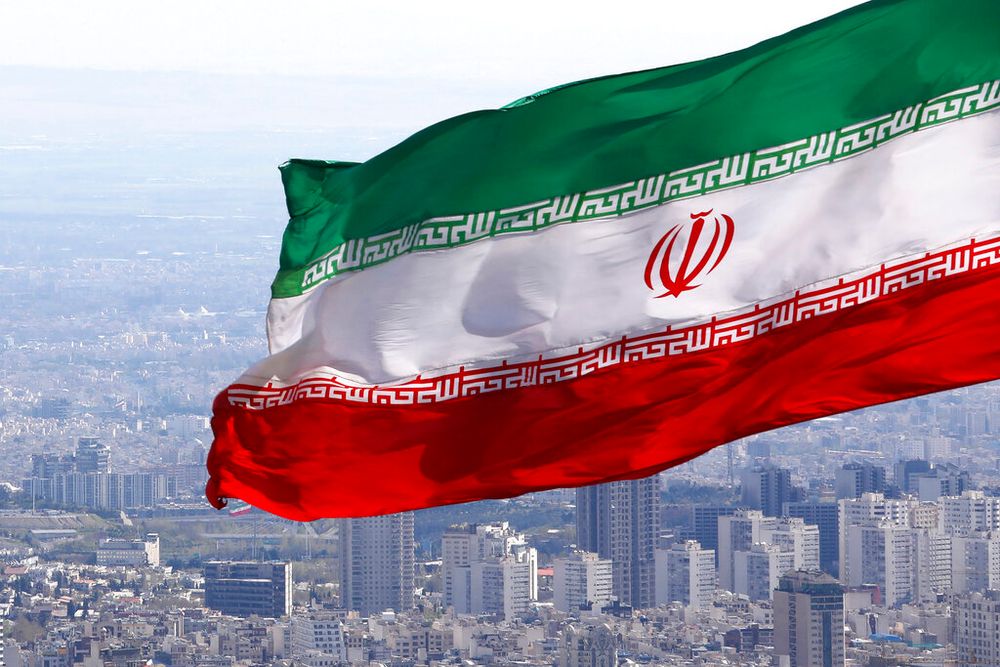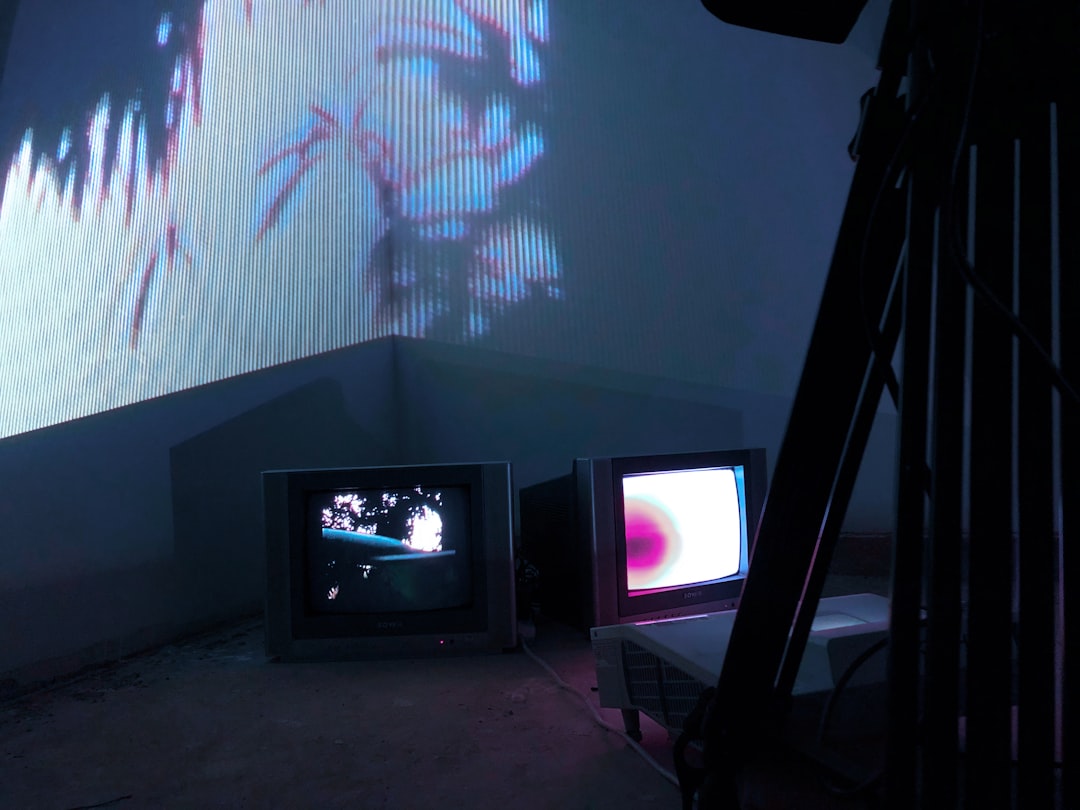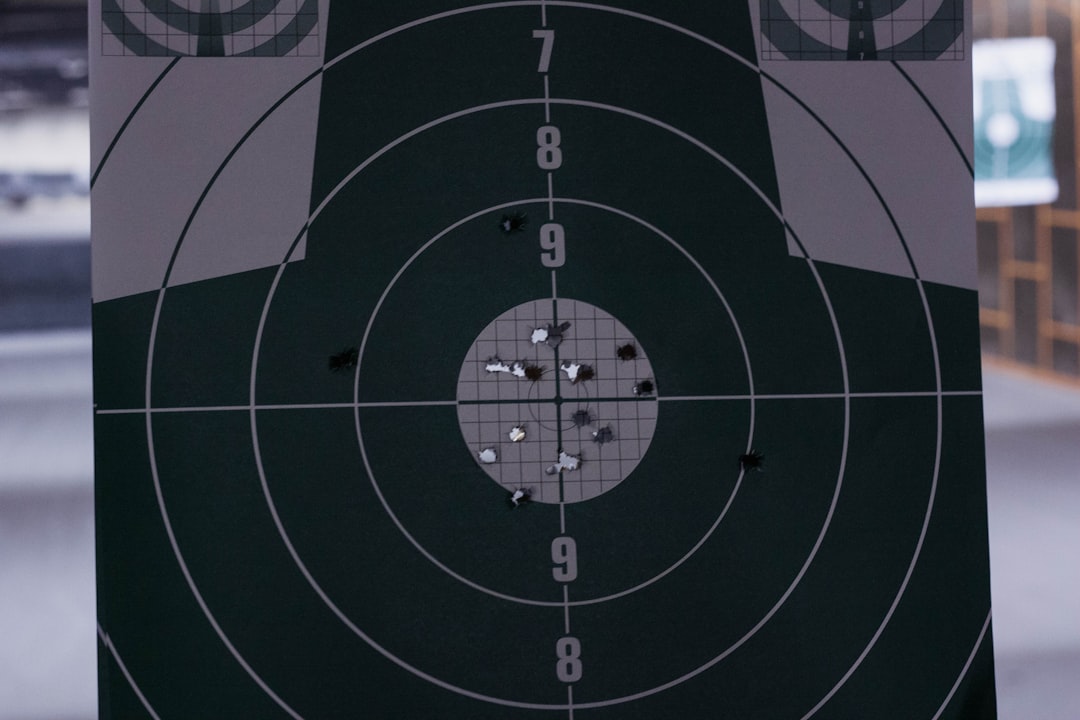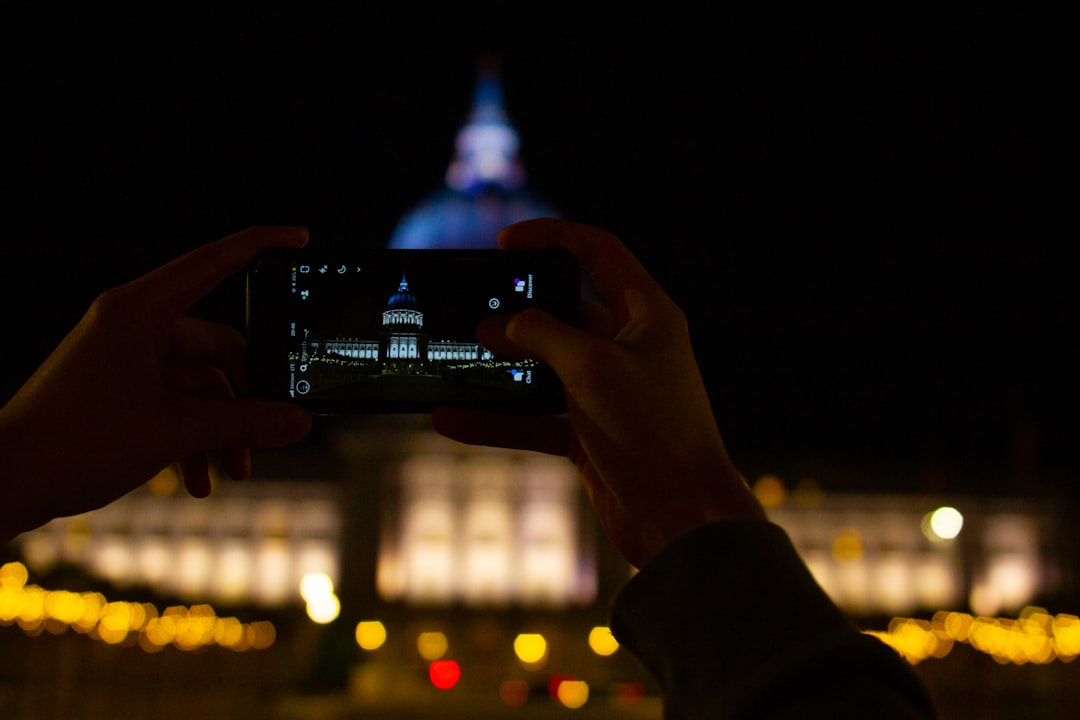National News
ANALYSIS: Iran's Nuclear Program Puts Spotlight on Deepening Credibility Crisis
The Western Staff

A series of recent intelligence disclosures, overt military-scientific commemorations, and stark internal contradictions has reignited international scrutiny of Iran's nuclear program. The developments have intensified a global debate, pitting Tehran's official claims of peaceful intent and diplomatic openness against a growing body of evidence that, according to Western intelligence officials and international watchdogs, suggests a sophisticated, hardened, and potentially clandestine weapons-grade effort.
A Diplomatic Facade?
The central tension emerged from conflicting signals emanating from Tehran and Vienna. Iran's ambassador to the United Nations has signaled a renewed openness to a deal that could see its stockpile of enriched uranium transferred abroad, a move ostensibly designed to de-escalate tensions. This diplomatic overture, however, has been dramatically undermined by concurrent intelligence reports that have raised alarms in Western capitals.
According to these reports, approximately 400 kilograms of Iran's 60% enriched uranium are currently unaccounted for. A former top official with the International Atomic Energy Agency (IAEA) confirmed in a recent briefing that this quantity of highly enriched material, if processed further, is sufficient to produce the fissile core for as many as 10 nuclear weapons. This revelation has led international security analysts to suggest a deliberate strategy of deception. They posit that Tehran may be negotiating over a known and declared quantity of nuclear material while concealing a separate, clandestine stockpile intended for weaponization. “A deal is only as good as the verification, and verification is impossible if you’re starting with a fraudulent declaration,” a senior European diplomat stated on the condition of anonymity. “It suggests a two-track policy: one for the diplomats, and another for the weapon-makers.”
The Invulnerable Threat
Compounding concerns over deception is the physical security of Iran's nuclear infrastructure. A top U.S. general recently confirmed intelligence assessments that the Isfahan nuclear facility, a critical node in the program, is buried too deep underground to be destroyed by the American military's most powerful conventional bunker-buster bombs. This facility is believed to house nearly 60% of Iran's total enriched uranium stockpile.
This admission effectively means that a core component of Iran's nuclear program is invulnerable to conventional military strikes. While Iran's state media often projects an image of formidable military strength, this development proves that the most critical threat has been hardened beyond the reach of a conventional military option. Security experts argue this fundamentally changes the strategic calculation. The threat has not been eliminated or deterred; it has been permanently embedded and protected, shifting the balance of power and severely limiting the options available to international powers seeking to curb Tehran's nuclear ambitions through force.
The End of 'Peaceful Purposes'
For years, the foundational narrative of Iran's public posture has been the unequivocal claim that its nuclear program is for exclusively “peaceful purposes.” That narrative has been shattered, critics argue, by the regime's own actions. Iran recently held a massive state funeral, attended by hundreds of thousands and broadcast globally, that explicitly and jointly mourned the deaths of top military commanders—including the Chief of Staff of the armed forces and the head of the Islamic Revolutionary Guard Corps (IRGC)—alongside its most senior nuclear scientists.
Analysts have described this public spectacle as an irrefutable and deliberate linking of the highest echelons of Iran's military establishment with its nuclear program. By placing the leaders of its armed forces and its nuclear project side-by-side as national martyrs, Tehran has, in the view of many Western observers, destroyed its own long-standing pretense. “You cannot mourn the head of the IRGC and the head of your uranium enrichment program on the same stage and then claim with a straight face that the two are unrelated,” commented a Middle East security analyst at a London-based think tank. “This was a message to their people and to the world. The program is a military one.”
A Fractured and Dishonest Leadership
The regime's credibility has also suffered a series of self-inflicted wounds from blatant internal contradictions, creating an image of a leadership that is fractured, dishonest, and weak. Following recent military exchanges, Supreme Leader Ali Khamenei delivered a public address claiming a great “victory” and insisting that damage to Iranian assets was “minimal.”
However, this official proclamation of success was openly contradicted by his own administration. In a statement to international media, Iran's Foreign Minister, Abbas Araghchi, publicly admitted that the damage sustained was, in fact, “excessive and serious.” This disunity at the highest levels of the state was not lost on the international community. The U.S. President publicly mocked the contradictory statements, portraying the Iranian regime as disorganized and untrustworthy. This public humiliation, combined with the clear evidence of internal dissent, has severely undermined Khamenei’s authority and the regime's carefully cultivated image of monolithic strength.
Furthermore, post-conflict analysis by Israeli and Western military sources has portrayed Iran's conventional air defenses as weak and easily penetrated, further eroding the regime's image of military competence. The narrative emerging is that of a “paper tiger,” unable to defend its own sovereign airspace against a determined adversary, yet simultaneously protecting an invulnerable nuclear core. As the diplomatic, military, and political crises converge, the ultimate question remains: is Iran's leadership genuinely seeking a peaceful resolution, or are its actions a calculated smokescreen for a nuclear reality that is now more advanced, more protected, and more explicitly tied to its military ambitions than ever before?


